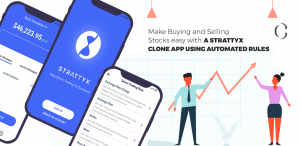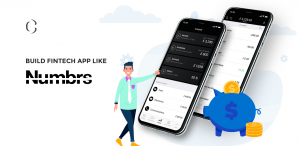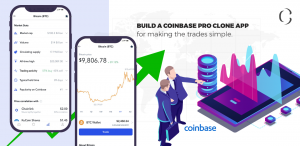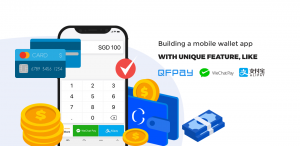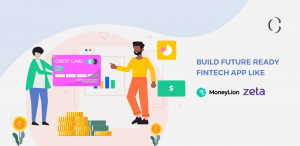How to develop a P2P loan app to connect borrowers and lenders smartly?
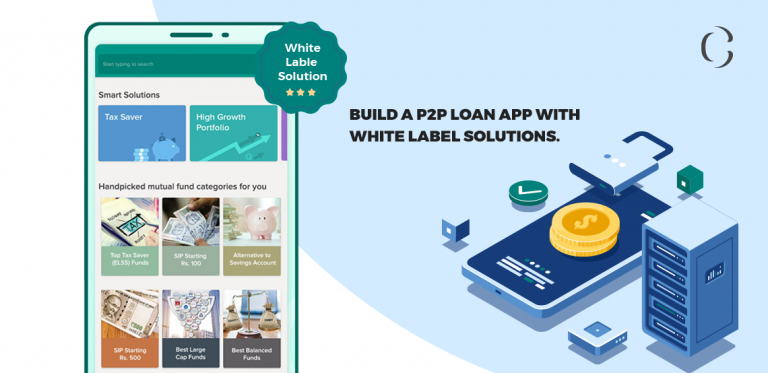
P2P lending is disrupting the financial sector. It is emerging as a worthy competitor to the conventional banking model with its instant loan approval process. It is also known for the possibility of reaching credit even to the borrowers with feeble credit scores who usually do not usually have a chance to avail of any loan from the bank.
The P2P lending software is dominant by marketplace lenders and at the same time, it is also very much customizable. The P2P lending platform connects the borrowers and lenders and is also known for its automated risk evaluation.
The unique thing about the P2P lending platform is its source capital from investors by the platform itself rather than investing from their own pockets. So, this lending process does not have any impact on the balance sheet of a P2P platform. Also, the revenue is earned by collecting commission fees for acting as matchmakers between the borrowers and investors.
The investors and borrowers are moving towards this asset known as the P2P lending platform. The investors get a choice to choose their risk factor and earn huge returns while the borrower gets a chance to enjoy the access to credit almost instantly and right at their place.
The P2P loans are usually collateral-free and the borrowers are supposed to pay back with interest. The interest rate is fixed automatically calculated and fixed by the platform depending on the loan amount and the period of the loan.
Our white label solution for P2P lending platform is excellent automation for the fast loan application approvals.
Borrowers:
The borrowers are blessed with the holistic approach that the P2P platforms exert towards mitigating risks. The platform is very useful for borrowers who have a poor credit score or do not have a prior credit history. The borrowers can be anyone either an individual or an SME needing money quickly. The most important thing is the low-interest rates that draw in the borrowers.
Our white label solution for P2P lending is a hassle-free application which allows easy application of loans and lightning-fast approvals.
Investors:
The investors are people who are looking for something better than the conventional methods of the lending industry. The small interest rates given by banks on deposits, the increasing real estate prices, wavering gold value and unstable nature of stocks push everyone towards the P2P lendings. They get the advantage of choosing their risk and generate huge revenues.
The loan process of P2P loan app you need to know before hiring a P2P loan app development company to develop P2P loan app
We can define the loan process in the P2P lifecycle in five stages:
⇒ Investor Onboarding:
A P2P lending platform should have an investor base for accepting loan applications. While the investor base is being built, there are many things that vary based on the country- the revenue model and risk factors associated with the investors can be different based on their experience.
⇒ Borrower Onboarding:
The probable borrowers apply for loans with the P2P lending platforms using the user panel of its front-end interface. They put in their personal and professional information and check out their credit scores. The information is gathered in the portal’s database and is sent to the back-end application for data verification.
⇒ Credit Assessment:
The credit assessment includes screening the applications and determining the risk profile of the borrower. The platform uses a few third-party applications to check out the creditworthiness of the borrowers. Even when the borrower does not have a prior credit history, the innovative risk assessment models can sort it out by analyzing the trustworthy borrower based on their social media behavior, online purchasing trends, individual expenditure, and much more.
⇒ Funding:
Once the risk assessment is done, the requested amount of loan and borrower’s information is sent to the investors to view. The investors can then choose a borrower based on their risk ability. To mitigate the risk. it is advisable to spread the investments across various loans. The money is disbursed to the borrower’s account once the approval is sent to the fund.
⇒ Repayment:
After the disbursement, the repayment is collected from the borrower by the P2P lending platform according to EMI selected and transferred to the investor’s account after the deduction of commission charges and other service taxes.
Challenges associated with P2P lending platforms
Even when the P2P lending platforms are called the social media of the financial sector, they have their fair share of challenges. It includes many risks along with the promising nature.
Instant Disbursal
The most attractive reason for the people to move towards P2P platforms is they require less time to process the loan applications. To ensure less turnaround time and mitigate risk at the same time, the workflow of the P2P platform has to be made streamlined. These platforms don’t have the chance to cope up with the redundancy or process bottlenecks when the borrowers expect an instantaneous loan process.
Risk Mitigation
The risk factor determination is related to the borrower’s profile and since it is difficult to segregate the profiles based in a short span of time. The P2P platforms ensure that technology behind the credit analysis is smart and efficient to decipher proper results and offer correct insights to the investors.
Delinquency Management
When the loans are granted the platform needs to keep a track of repayments made by borrowers. There should be a reduction in the potential defaults by considering delinquencies religiously. We need to set up designated rules to track and monitor repayments to increase revenue and decrease the chances of defaults.
We offer excellent white label solutions for your P2P lending business which are fully functional and affordable. They are equipped with all the necessary features required to run your P2P platform successfully.
To learn more about the functionality and costs, contact us for a free consultation session. You can even ask for an app demo.



